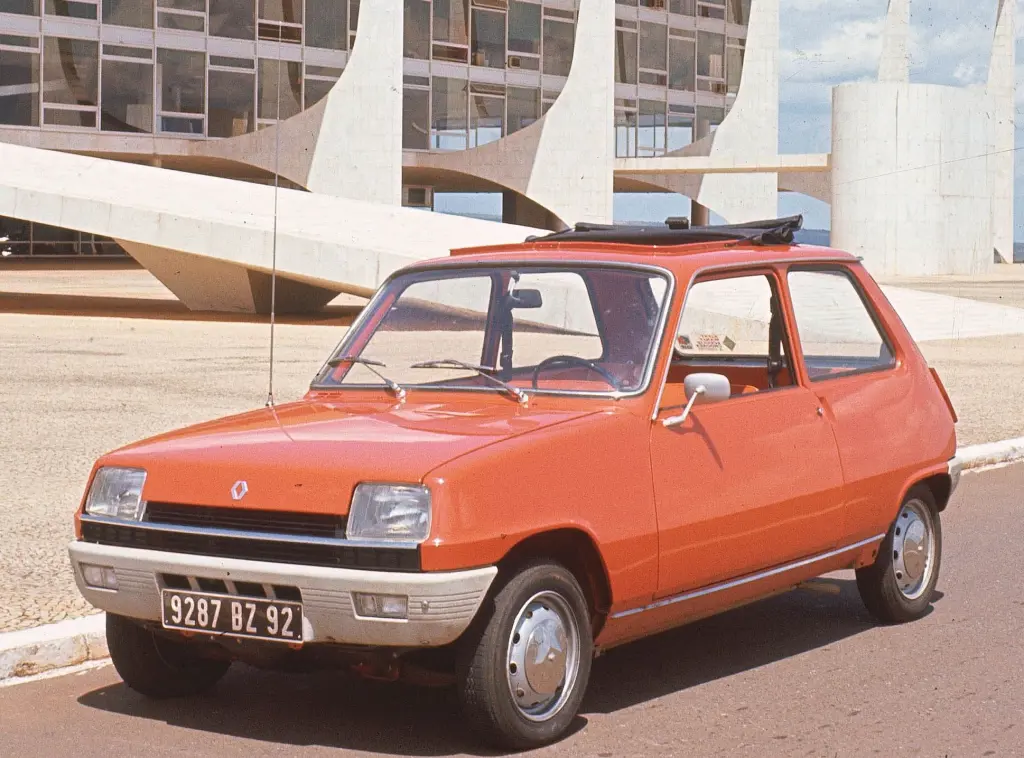THE RENAULT 5 AT 50
28 June 2022
It was not the first front-wheel drive hatchback, as the Fiat 127, Autobianchi A112, Austin Maxi, Simca 1100 and Autobianchi Primula predated it. Nor was it the first FWD Renault, as the Estafette van debuted in 1959. What the 5 achieved was to promote the ethos of the 1961 R4, the 1965 16 and the 1969 12 to a new market sector.
The 5’s origins date from 1967, when Renault’s Head of Planning, Bernard Hanon, initiated plans for a small car that would appeal to younger motorists. A stylist named Michel Boué created, in his own spare time, a three-door design based on the 4L which so impressed management they commissioned ‘Projet 122’. The resulting 5 debuted on 28th January 1972, and some dealers were concerned that the lack of four side doors would harm its prospects. In the event, it became France’s best-selling car.

British sales began in late 1972, and in the previous year, Renault became the country’s largest car importer holding 3.25 % of the overall market. “It’s What You’ve Been Asking For”, boasted the advertisements. It also modestly claimed the 5 was “A car of its time – just as the mini and the beetle were in their good times”. However, the new Renault had no pretensions to luxury, with the sales copy actually stating it had “none of the unnecessary trimmings”.
This was certainly the case with the entry-level L powered by the familiar 854cc engine from the 4 and costing £854.40 – by contrast, the Mini Clubman was priced at £850. In France, Renault made an even cheaper 782cc version, but it was not available in the UK. However, for your £929.30 (around £44 less than a Mini 1275GT), the TL came with a 956cc unit, a heated rear window, reclining front seats and even ashtrays for the back seat passengers. Both models featured a dashboard gear lever, while one of the most notable features was the bodywork protection – The Daily Telegraph preview was headlined “Plastic shields replace bumpers on Renault 5”.
Autocar thought the 5 a “Town Car Par Excellence”, and in the January 1973 edition of Car, it won “by a fat margin” over the Datsun Cherry 100A and the Fiat 127. Renault’s timing of the UK launch could not have been bettered, as BL was starting to neglect the development of the Mini while foreign-built models tempted more drivers. Production of the first-generation versions ended in 1984, and today those early 5s with their ribbed fascia and solitary air vent are more exclusive than any Gordini. And most importantly, they were indeed a Renault that so many drivers were asking for.
